Family
The family is formed when people live together by ties of blood, marriage or adaptation.
Types of Family
1. Nuclear Family
- When a family has few members including the adults with their children.
- No other member is a part.

2. Joint Family
- Also known as joint family
- Consist of more generations of cousins, grandparents, etc.
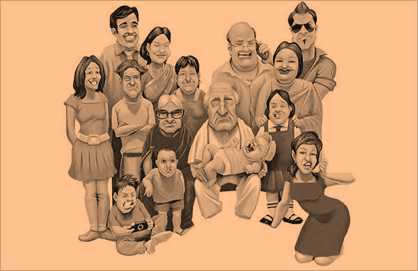
Why is Family Important?
- IT gives protection, love, blessings.
- Helps to build confidence
- Gives a sense of belongingness.
What Does a Family Do?
- Celebrate festivals together
- Love each other
- Share responsibilities.
Festivals
- An occasion to celebrate for a reason.
- Are related to religious beliefs, history, etc.
- Gives love, fun, enjoyment.
National Festivals
1. Independence Day
- Celebrated on 15th each year.
- India got independence in 1947
- Prime minister hoists the national flag at the red fort in Delhi.

2. Republic Day
- Celebrated on 26th January
- Whole India celebrates this festival
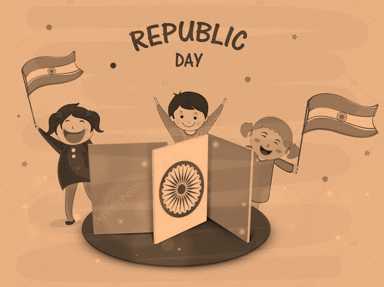
3. Gandhi Jayanti
- Celebrated on 2nd October
- In remembrance of Mohandas Karamchand Gandhi’s birthday.
- He was the “Father of the Nation".
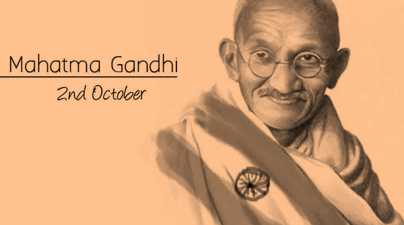
Religious Festivals
1. Diwali
- Considered as the festival of lights
- Celebrated when Lord Rama came back from 14 years of exile
- Houses and market is decorated
- People exchange sweets
- Lakshmi is being worshipped
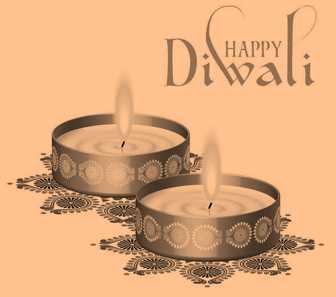
2. Holi
- Known as a festival of colors
- Generally comes in February or march
- Victory over evil is celebrated
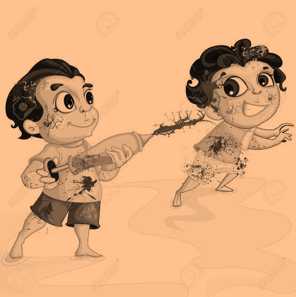
3. Raksha Bandhan
- Brother gets tied rakhi from sister.
- Brother in return gives gifts to the sister.
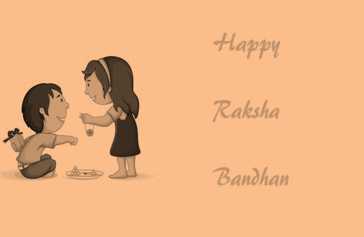
4. Christmas
- Christmas is celebrated on 25th of December.
- Marked as a birth of Jesus
- Santa distributes gifts, chocolates.
- Christmas tree is decorated.

5. Onam
- Festival of Kerala
- Celebrated because King Mahabali returned back.
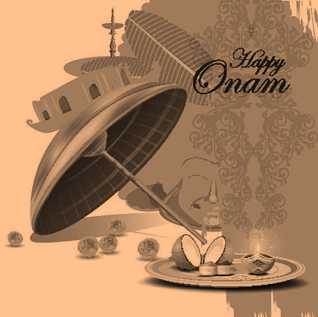
Recap
- A family is formed when people live together by ties of blood, marriage or adaptation.
- Nuclear and joint families exist
- The family is important for love, care, confidence, etc.
- Festivals are a symbol of happiness, joy.
- Festivals have social value, religious value and historical value.

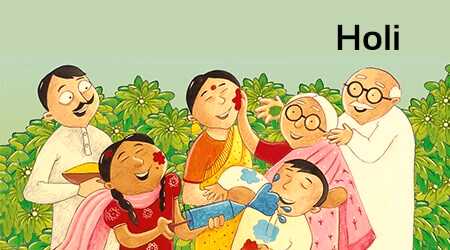


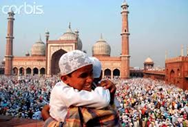
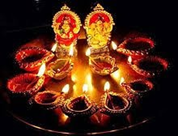
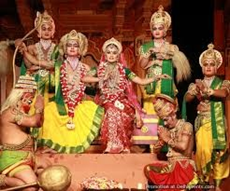


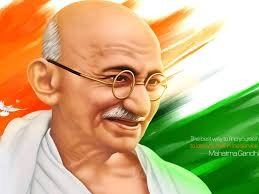

























Comments